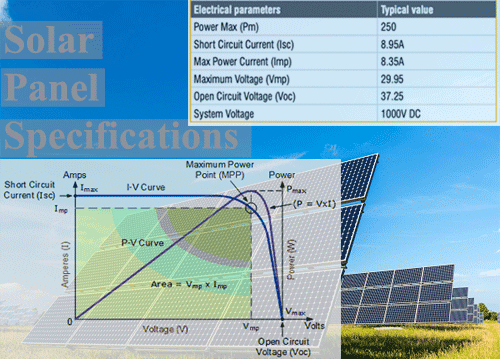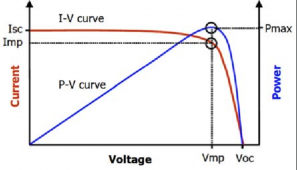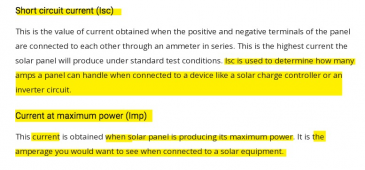tonyg
New Member
- Joined
- Apr 5, 2022
- Messages
- 136
Hi,
Quick one.
I'm looking at a Watts247 combiner box, but it comes with a 15A fuse... The Isc of my panels is 12.28A per string, isn't that a bit close? Max fuse says rating 20A on the panel sticker. I mean on a cold bright day, the VoC can be exceeded, can it be a similar situation for the Isc?
Cheers,
Tony
Quick one.
I'm looking at a Watts247 combiner box, but it comes with a 15A fuse... The Isc of my panels is 12.28A per string, isn't that a bit close? Max fuse says rating 20A on the panel sticker. I mean on a cold bright day, the VoC can be exceeded, can it be a similar situation for the Isc?
Cheers,
Tony






